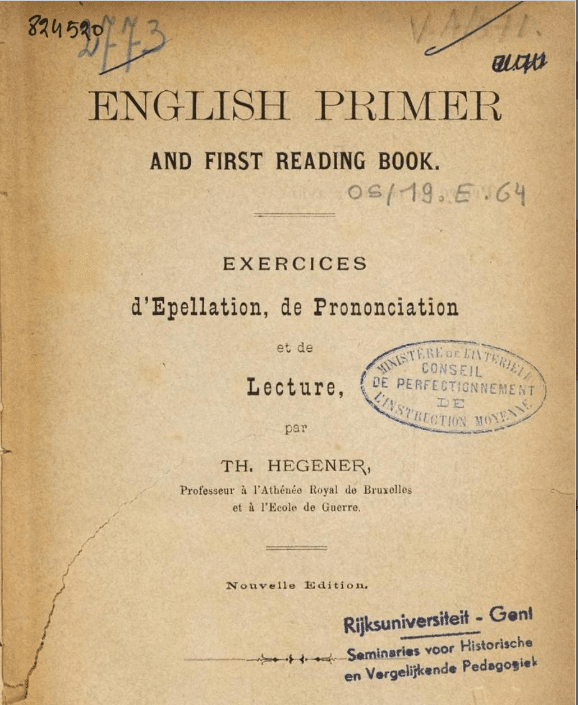When a dispute has a connection to more than one jurisdiction, and when the laws of those jurisdictions are materially different, a court must perform a choice-of-law analysis to determine which law to apply. To make this determination, a court will typically apply the choice-of-law rules of the jurisdiction in which it sits. Although choice-of-law rules vary significantly across U.S. states, many courts look to the Restatement (Second) of Conflict of Laws for guidance. The American Law Institute is currently in the process of drafting the Restatement (Third) of Conflict of Laws.
A Primer on Choice of Law
Choice-of-law rules are used to determine the rights, duties, and liabilities of persons involved in a case with a connection to more than one jurisdiction. In the United States, most choice-of-law rules are state law; the federal government rarely legislates in this area. Courts in the United States apply the same choice-of-law rules to international…
Continue ReadingActually, Courts Love the Third Restatement: A Response to Listwa
Every author knows the mixture of excitement and trepidation that follows publication as you wait for the reviews to roll in. For Reporters of Restatements, the sentiment is perhaps more acute: there is one audience that is particularly important, judges, and one question that matters: will they find the Restatement helpful? It is gratifying whenever…
Continue ReadingA Warning Sign? The Washington Supreme Court Declines to Adopt the Draft Restatement (Third)
The Washington Supreme Court recently issued its decision in Erickson v. Pharmacia LLC, one of a number of related lawsuits filed by teachers and their family members seeking damages for chemical exposure at Washington schools—cases collectively seeking over a billion dollars in damages. While the case is significant in its own right, it is of particular…
Continue ReadingChoice of Law in Shareholder Derivative Litigation
U.S.-based investors hold trillions of dollars in equity of foreign companies. In the event of corporate wrongdoing, those investors may want to initiate shareholder derivative litigation in the United States against the managers of those corporations. This form of litigation is brought on behalf of the corporation itself rather than as a direct action. Derivative…
Continue Reading

